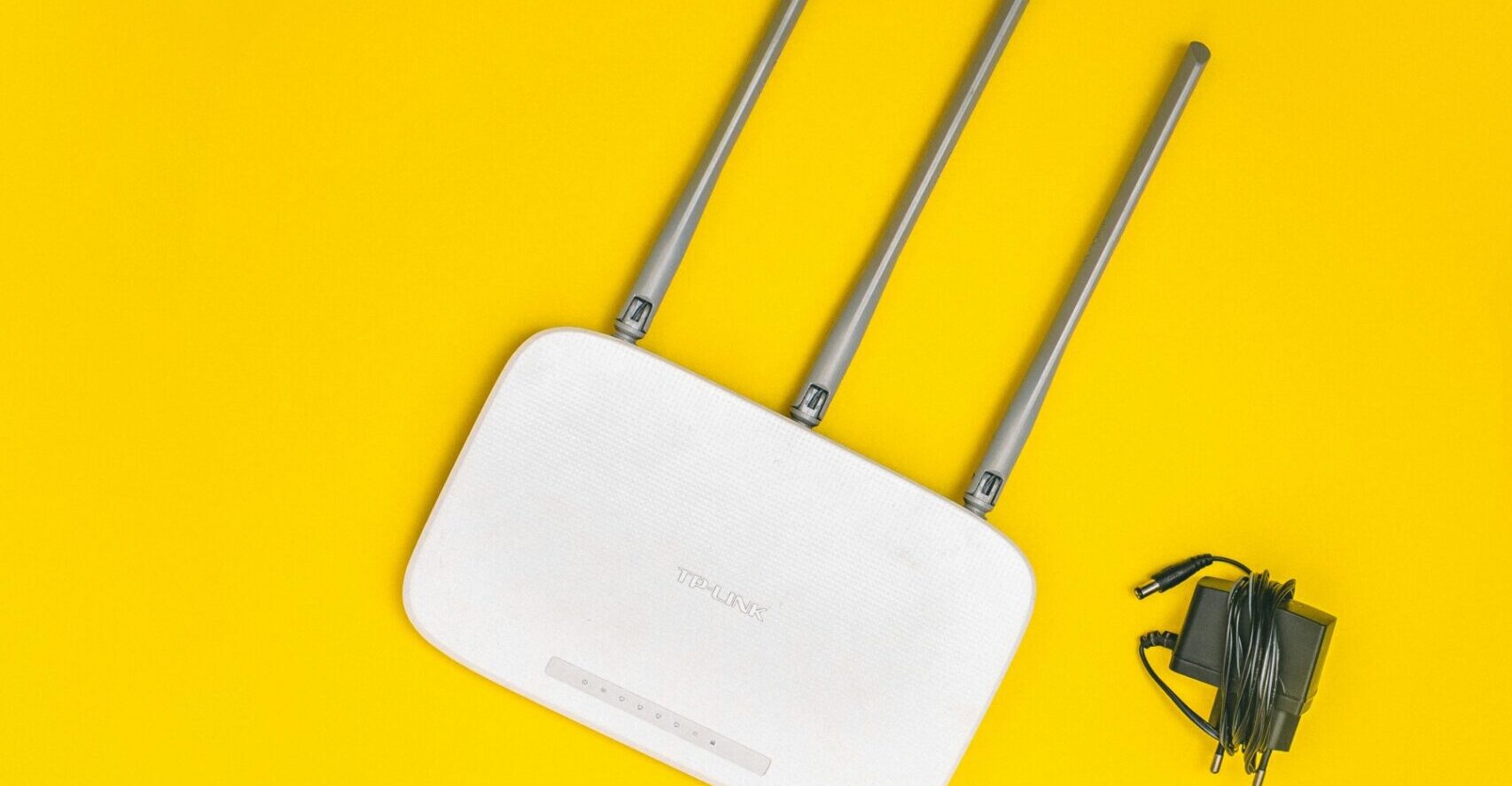Probably the least sexy of all home electronics is your internet router. It’s usually the black box that is hooked up to your internet service provider that connects your home to the internet, and is usually what covers your house with WIFI. Even though you might not think much about it, your router is the digital gateway to your home and your devices, and unfortunately, attackers are thinking about it. Hackers working for China and Russia have tried to hijack weak router security over the last several months.
Here are some things you can do to secure your router and guard your home internet gateway.
Get rid of that old router

Routers, like all electronic devices, have a finite lifespan. Once a router gets too old, manufacturers will often designate its “end of life” (EOL). That means the manufacture will stop providing security updates and support for it. Continuing to use a router that’s at its EOL opens you up to security risks, since hackers know the weaknesses and vulnerabilities that they can take advantage of. Additionally, getting support for repairs or troubleshooting is often difficult for EOL devices.
Invest in a newer, supported, well-reviewed router that ensures you have the latest security features and patches. Most likely, you’ll also see a speed boost when upgrading to a more modern router. Quality router makers post lists of EOL products online:
These manufacturers maintain lists of EOL products on their websites, to which we’ve linked to above. If the brand of your router isn’t listed here, or you can’t find it on one of these websites, simply search for your router’s manufacturer and “end of life” or “end of service.” If your router model is listed as EOL, you should replace it as soon as possible to make sure your home network is secure.
Change default passwords

One of the most common mistakes homeowners make with their home internet router is that they don’t change the default username and passwords. Manufacturers often set generic usernames and passwords on routers to help the owner set up the router easily. However, when the default name and password aren’t changed, it makes it easy for attackers to gain unauthorized access. Hackers already know the default username and password for most routers, so they simply search around to see if they can find a home internet connection that uses those common sets of credentials. Changing these default credentials needs to be the first step after setting up your router. Fortunately, the newest routers force you to choose a login and password and don’t assign one by default.
When setting up your router’s password, create a strong, unique password that combines letters, numbers, and symbols. Here are some tips on creating a good password, both for your router and other accounts. When you set up the password, be sure to store it in a safe location, like a password manager. A router password should be at least 16 characters long, and the best routers allow you to enable multi-factor authentication to gain administration access, so always turn on MFA for another layer of security.
Keep your router updated

You might be surprised by the number of things in your household that require regular security updates. Like your smartphone and computer, your router needs regular security updates to fix features, improve performance, and fix new security issues. These updates can include critical security patches that shield your router from the latest threats. Most new routers automatically download security updates to make sure you’re always running the latest firmware and software. By enabling automatic updates, you don’t have to remember one more thing you need to update, and you won’t miss those crucial security patches you need. Cybercriminals target outdated systems because they know they’re easier to break into. They also know what security patches the router manufacturer has fixed in the past, so they are always on the lookout for unpatched routers. Stay on top of updates and strengthen your home’s main internet access point.
Guard your home’s internet gateway

Your internet router is often overlooked as an essential device, but it serves as the digital gateway to your home and all of your devices. Unfortunately, this makes it a prime target for hackers, particularly those associated with hostile countries who have been attempting to exploit weak router security. To secure your router and protect your home network, it’s crucial to replace old routers that are no longer supported by manufacturers, as these are vulnerable to unpatched security risks. Ensure you invest in a modern, well-reviewed router with up-to-date security features. Changing the default username and password is essential, as default credentials are widely known and easily exploited by attackers. Create strong, unique passwords and enable multi-factor authentication if available. Additionally, keep your router updated with the latest firmware and security patches, preferably by enabling automatic updates. By taking these steps, you can significantly enhance the security of your home internet connection and safeguard against potential cyber threats.

